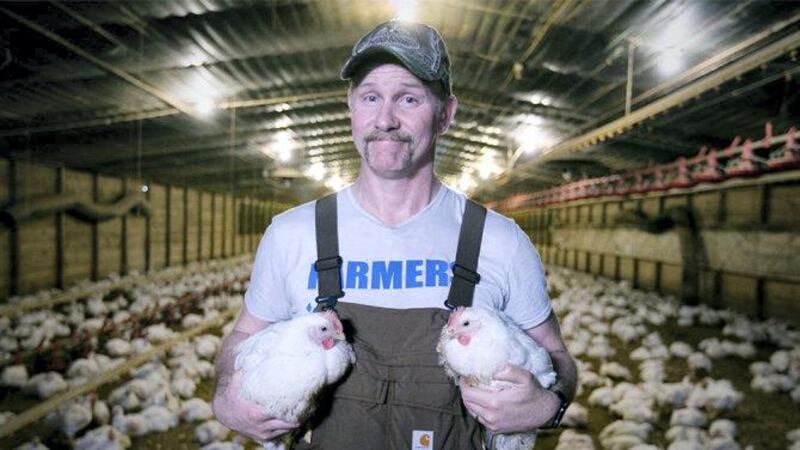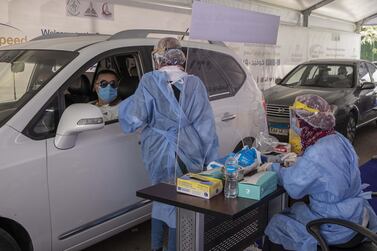Global changes in land use are disrupting the balance of wild animal communities to the benefit of species that carry diseases known to infect humans, according to a new study.
The findings, published in the Nature journal on Wednesday, show that humans may need to alter how they use land across the world to reduce the risk of future animal-borne infectious diseases. Global land use change often constitutes conversion of natural landscapes for agriculture, particularly for food production.
The study was carried out by researchers from Universal College London (UCL), The Zoological Society of London (ZSL), University of Oxford and Imperial College London, using data from the Projecting Responses of Ecological Diversity in Changing Terrestrial Systems biodiversity database.
The scientists looked at evidence from 6,801 ecological communities on six continents, and found that animals known to carry pathogens - disease-causing microorganisms - that can infect humans were more common in landscapes intensively used by people.
The data was sourced from 184 studies, including nearly 7,000 species, 376 of which are known to carry human-shared pathogens.
Lead author Rory Gibb, of UCL Centre for Biodiversity & Environment Research, said the findings revealed that animals which “remain in more human-dominated environments are those that are more likely to carry infectious diseases that can make people sick”.
Species that host zoonotic pathogens, which can jump from animals to people, constituted a higher proportion of the animal species found in human-disturbed environments compared with more wild habitats.
The same relationship was also seen for animals that tended to carry more pathogens of any kind – whether or not they could affect humans.
Most other wild animal species are found in lower numbers in disturbed environments compared with natural habitats. The study suggests that similar factors may be influencing both whether a species can tolerate humans and how likely it is to carry zoonotic diseases.
While there are numerous other factors influencing emergent disease risks, the findings point to strategies that could help mitigate the danger of further infectious disease outbreaks comparable to Covid-19.
Although the precise origin of the coronavirus has not been confirmed, as with many outbreaks before it, it is thought to have come from an animal host.
Senior author Professor Kate Jones, of the UCL Centre for Biodiversity & Environment Research and ZSL Institute of Zoology, said their findings highlighted the need to manage agriculture to protect the health of locals.
“As agricultural and urban lands are predicted to continue expanding in the coming decades, we should be strengthening disease surveillance and healthcare provision in those areas that are undergoing a lot of land disturbance, as they are increasingly likely to have animals that could be hosting harmful pathogens,” Prof Jones said.






